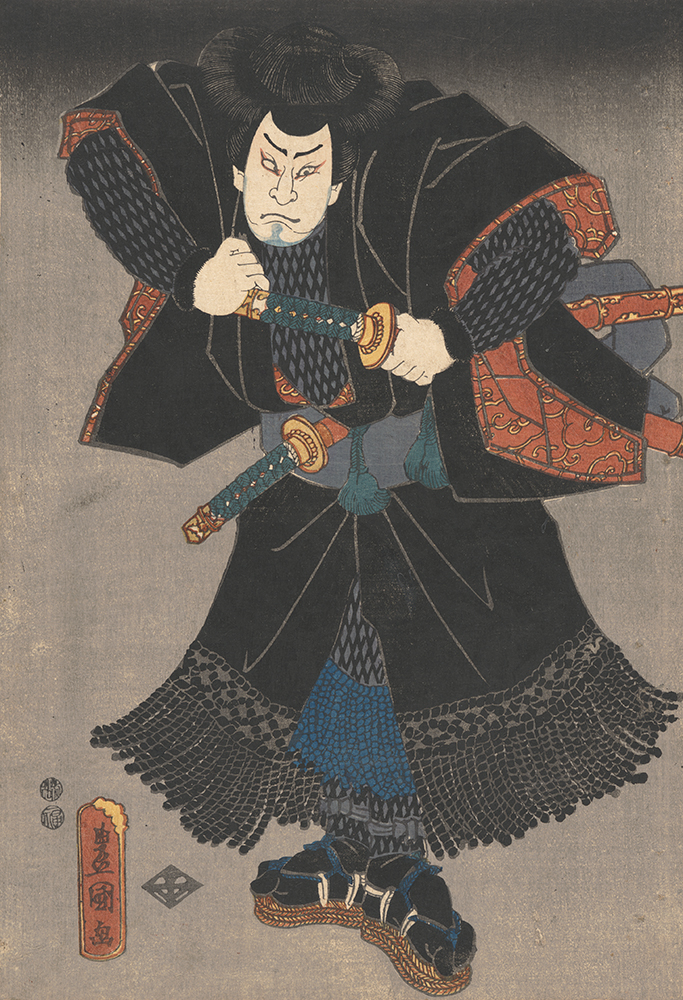Art and Religious Life
January 30, 2008 - June 20, 2011

The paintings and sculptures in this permanent collection installation suggest the significance of religious art for men and women in the Early Modern era (1400-1750). In sacred and in secular settings — churches and chapels, private palaces, and government offices — religious subjects predominated. This was true in Italy, Spain, France, and Flanders, where Catholicism was the dominant faith and the Catholic Church the primary patron of the arts.
Silent Preachers
At a time when many Europeans were illiterate, the Church relied on art as a visual aid in teaching the Bible. Art had the capacity to edify and engage in various ways. Paintings inspired worshippers by vividly depicting saints’ exemplary acts of faith. Other works instructed by articulating clearly and memorably important biblical narratives.
Although religious art served a function, patrons were mindful of aesthetic quality. They understood that skilled painters, like eloquent preachers, were best able to move and persuade.
Man, the Measure of all Things
As a corollary of the belief that art should teach and inspire, Early Modern patrons prized narratives — human events from the Bible, history, and ancient literature — over landscapes, still-lives, and portraits. Through the years, artists learned how to make their narratives ever more down-to-earth and immediate, and thus more convincing and engaging.
Image Credit: Valentin De Boulogne, French (active in Rome), 1591 – 1632; St. John the Evangelist, c. 1622-23; oil on canvas, 38 5/16 x 52 15/16 in. (97.3 x 134.5 cm); The William A. Whitaker Foundation Art Fund, 63.4.1

